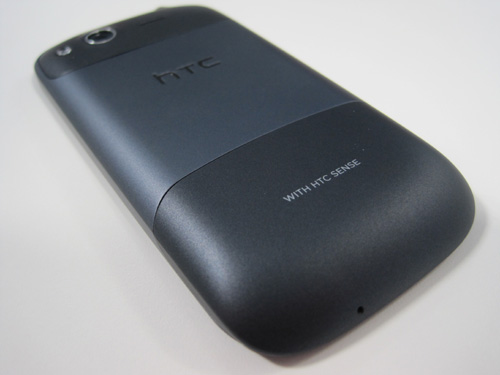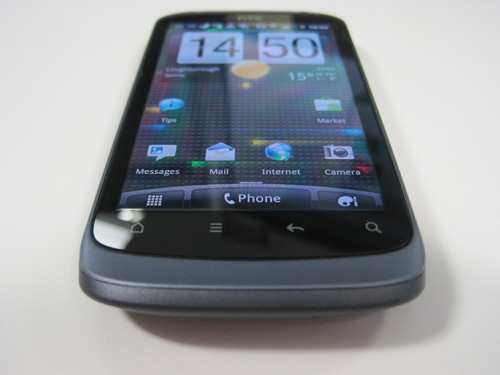
Although it’s not even half a decade old yet, there have been many landmark moments in the history of Google’s Android operating system. Consider the much-hyped launch of the G1, or Google’s brave but ultimately misguided Nexus One.
More recently, we’ve had the ‘PlayStation Phone’ (otherwise known as the Xperia Play) and the arrival of a true Android-based rival to Apple’s iPad in the form of the Motorola Xoom tablet.
All of these events have attracted a considerable volume of column inches, but for many ordinary people the moment Android truly arrived was when they cradled the HTC Desire in their hands over a year ago.
A close relation of the aforementioned Nexus One, this device attracted Android converts in their thousands, winning hearts and minds with its capable hardware, gorgeous design, and luscious HTC Sense user interface.
Since then, HTC has pushed out several commendable phones (including a super-sized HTC Desire HD), but has never attempt to produce a direct sequel – until now.
 Object of desire
Object of desire
On paper, the Desire S actually comes as something of a disappointment. After the pocket-stretching 4.3-inch screen of the Desire HD, we’re back down to more reasonable dimensions – the Desire S sports the same 3.7-inch, 480x800 pixel screen as its direct ancestor, only this time it’s using Super LCD tech instead of AMOLED.
The underlying hardware is also rather unimpressive – there’s no dual-core processor, for one - and while the 768MB of RAM is a step up from the 576MB included in the original Desire, many rival Android handsets are now aided by a muscular 1GB of memory, which naturally promises smoother performance.
The camera’s megapixel count may also raise a few eyebrows, but thankfully such negativity is largely unfounded. 5 megapixels may not seem like a lot in this day and age, but it gets the job done. The Desire S boasts 720p video recording too, which is more than can be said for the Nexus S and Xperia Play.
 Making Sense of it all
Making Sense of it all
Despite the specifications not exactly setting the world alight, the Desire S cannot be described as a sluggard. General activities are handled quickly and without the infamous stuttering that seems to afflict the vast majority of Google phones – the flagship Nexus S included.
Much of this is down to HTC’s propriety ‘Sense’ interface: a skin which sits on top of Google’s Android 2.3 ‘Gingerbread’ operating system.
In a world where manufacturer-produced skins are normally treated with derision, HTC is the one firm seemingly able to buck the trend.
Sense is an utter joy to use - it’s highly intuitive, lightning fast, comes with a raft of useful widgets and exclusive apps, and really does transform your phone into a genuinely useful tool.
.jpg) Physical attraction
Physical attraction
This highly agreeable interface is complemented perfectly by the Desire S’s aluminum unibody design – a HTC speciality that was first witnessed in the massively underrated Legend.
This construction gives the phone a sturdy, creek-free build quality. And because there’s no flimsy battery cover on the back of the phone, there are no ugly gaps to break up the elegant design. Of course, internal access is still required in order to fit your SIM card, and this is accomplished via a small flap mechanism, similar to the one seen on the Desire HD.
 Getting your game on
Getting your game on
As a gaming platform, the Desire S performs as well as you might expect. The multitouch screen is a generation above the one seen on the original Desire, which means it can track several points of contact simultaneously, and not get all confused as its forefather (and the Nexus One) had a habit of doing.
Although the lack of a dual-core CPU means that the handset may struggle to run the next wave of graphically intense Android games, the majority of titles available right now will function perfectly.
In the race to produce the most technologically advanced Android handset, things can sometimes be forgotten. Raw power is only useful when it can be controlled and made accessible to the end user.
In the case of the Desire S, HTC has done a brilliant job of harnessing the strength of the hardware to create the kind of smartphone that will appeal to both novice and hardcore users alike.
Time will tell how wise HTC has been in sticking with a single-core CPU, but we’d gladly trade such power for usability – and no other Android manufacturer seems to understand its users as well as HTC does.
HTC Desire S

